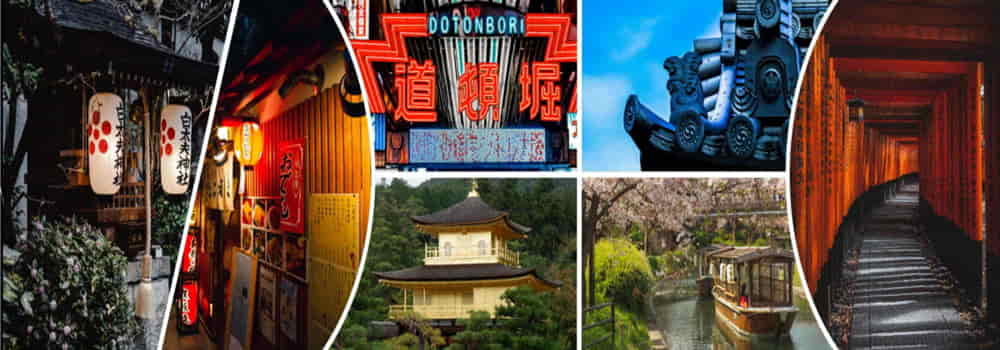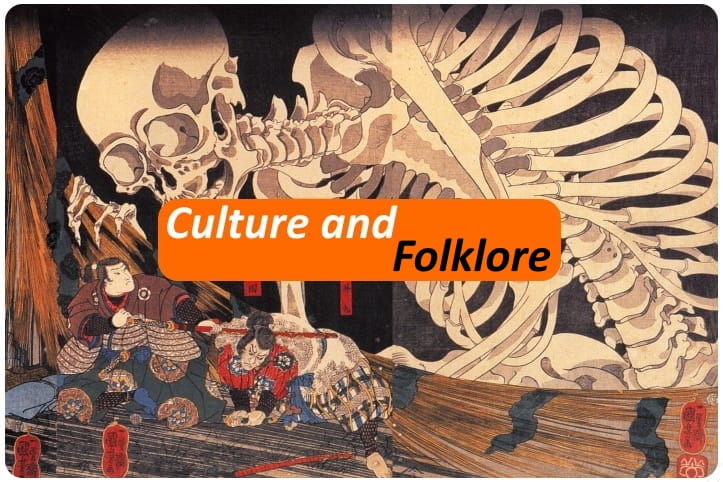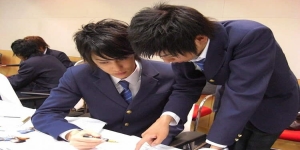Inari-ō-Kami 稲荷大神 A Prosperous and Beloved Divinity

Inari-ō-Kami 稲 荷 大 神 sometimes only Inari is among the most important Kami deities of the shintō is considered the deity of rice, fertility, agriculture, industry and earthly success. Furthermore, he is the guardian and protector of the Kitsunes who in turn, acting as messengers, are revered as divinities.
I am sure happened to you that very often in the jinja (shintō sanctuaries) there are the sculptures of the foxes (placed to the north-east, which play the role of guardian) where there is also the custom of giving gifts like the Abura-age (a type of tōfu). Although Inari-ō-Kami is usually represented as a male gender from an indefinite age, his figure can be represented with that of an elderly man who brings rice.
Sometimes, on the other hand, it also assumes the female form of the divinity of food (however, an entity completely different from Uke-Mochi, traditionally referred to as her husband) and in some cases it takes the form similar to Bosatsu (an androgynous divinity) while for his close association with the Kitsune he can be portrayed as a fox.

The main symbols of Inari-ō-Kami besides the foxes are the sickle, a bundle of stalks and a sword. The latter symbol is the protagonist of a folk tale called: 「Nō Sanjo Kokaji」 where the figure of the rice deity appears and the symbol connected to it, legend tells the creation of the mythical sword 「Ko-gitsune-maru」 which literally it means: 「little fox」 where it's mentioned that Ichijō-Tennō (980-1011) decided to commission the sword blacksmith Munechika, who before starting the work went to the shrine to pray and receive the divine blessing. There he met a mysterious boy who already knew the sword commission and offered to help him to forge it, shortly after Munechika began the ritual preparations, it was thus that Inari-ō-Kami decided to appear in his divine form and helped Munechika to forge the sword sacred after which the divinity went away.
The veneration of Inari-ō-Kami began in a more incisive way during Nara-jidai (710-794) while in Heian-jidai (794-1185) the Tō-ji of Kyōto-shi was subsequently consecrated. Over time it became one of the most revered Kami so much that in Edo-jidai (1603-1868) when money replaced rice as a measure of wealth it also became the Kami of earthly prosperity (to include all aspects of finance, business and industry ).
After a government decree in Meiji-jidai (1868-1912) changed the state religion from Buddhism to shintō, some Buddhist temples made changes, for example in Fushimi-Inari-Taisha the structures that were related to Buddhism were removed (but it should however be remembered that a large part of the population continued with the mixed form of worship since the decree allowed it) so much so that in the Toyokawa-Inari (located in Aichi-ken) there are also Buddhist statues in the temple. Almost 1/3 of the jinja are consecrated to Inari-ō-Kami, of which one of the oldest, most famous and beautiful is undoubtedly Fushimi-Inari-Taisha located in Fushimi-ku (one of the 11 wards of Kyōto-shi). Around the sanctuary there are several activities called: 「Tsujiura senbei」 which sell among other things the Fōchun-kukkī (considered by many to be the ancestors of the Sino-US fortune cookies) the sanctuary was officially awarded as Kanpei-taisha (shrine of high -rank).

The entrance to a shrine dedicated to Inari-ō-Kami is usually marked by one or more torii and some Kitsune statues (usually represented in pairs often adorned with red-necked yodarekake) these statues in addition to the scarves, they contain a symbolic object in their mouth or under a front paw often a jewel and / or a key, but also a bundle of rice, a parchment or a fox cub. Nigatsu-no-Hatsuuma is the day that this divinity is traditionally celebrated (the first week of February) while in some areas near Kyūshū for five days in November there are festivals in his honor.
The figure of the deity of rice, as well as the creatures directly connected to it, have many references in modern folklore as in anime and manga, one of all is certainly Naruto.
Thanks to the great Paolo Napolitano that shared this article with us to bring you inside the Japanese tradition and folklore.

 English (United Kingdom)
English (United Kingdom)  Italiano (it-IT)
Italiano (it-IT) 






![[Review] Princess Toyotomiプリンセス トヨトミ](https://www.fukainihon.org//cache/mod_jt_contentslider/fdfb524f85518b9476158c79c8ea022f_328.jpg)


